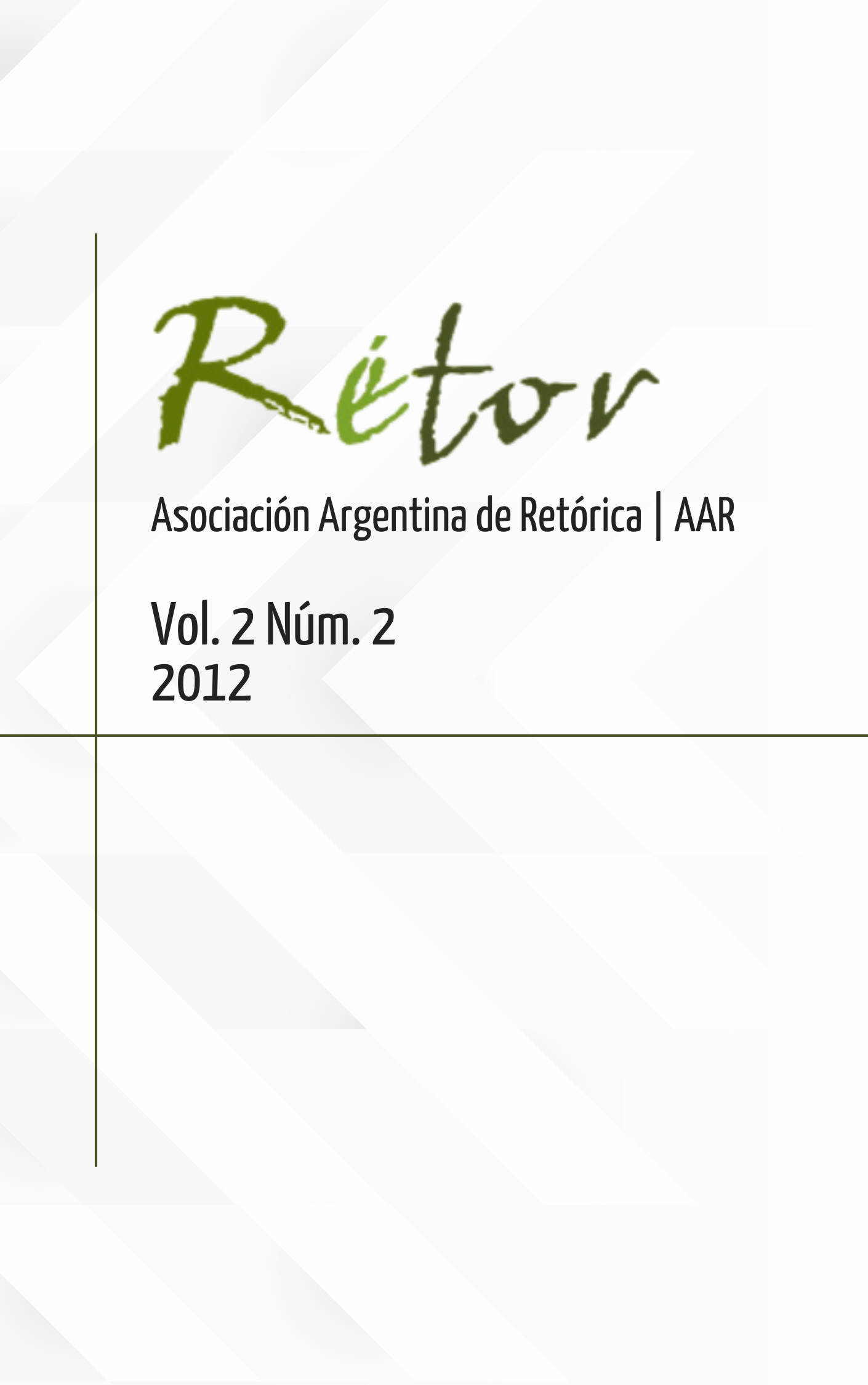Legitimating rhetoric of a new model of society in contemporary Argentina. Carlos Menem versus Néstor Kirchner
Main Article Content
Abstract
Considering that the stake of rhetoric lies in the link between the speech and our common world, and that it “always reappears in crisis time” (Meyer, 2007: VIII), it is convenient to set to the fundamental discursive themes and the argumentative strategies developed and set up in Argentina, by Carlos Menem and Néstor Kirchner, as soon as they were elected as president in 1989 and in 2003 respectively. If the public space is made of worlds and representations shared by everyone, structuring a vision of things and beings peculiar to each society (Breton, 2006), how did Carlos Menem manage to impose a new model of society during the nineties decade? Which argumentative strategies did he use to legitimate a system of government which was the exact opposite of the peronist tradition? The same questions work for Kirchner, first president elected after the crisis of 2001 and who tried to distance himself from his predecessors in order to build what is commonly called the “K model”. To do so, the chosen methodology consists in an argumentative approach in the analysis of their presidential speeches, as antagonistic speeches fighting for the interpretation of the same reality, according to the definition proposed by Chaïm Perelman and Lucie Olbrechts-Tyteca, for whom “the object of this theory is the study of the discursive techniques allowing to provoke or increase the minds adhesion to the thesis which are presented to their consent” (2008: 5). Through a selection of speeches for the largest audience, this study will concentrate, above all, on the reception context and the importance of prior agreement in any attempt of persuasion, as well as on the arguments used in order to institute a new common universe of reference.
Downloads
Article Details

This work is licensed under a Creative Commons Attribution-NonCommercial 4.0 International License.
Las obras se dan a conocer en la edición electrónica de la revista bajo una licencia Creative Commons Reconocimiento-NoComercial 4.0 Internacional. Se pueden copiar, usar, difundir, transmitir y exponer públicamente, siempre que i) se citen la autoría y la fuente original de su publicación (revista, editorial y URL de la obra); ii) no se utilicen para fines comerciales; y iii) se mencione la existencia y especificaciones de esta licencia de uso.

